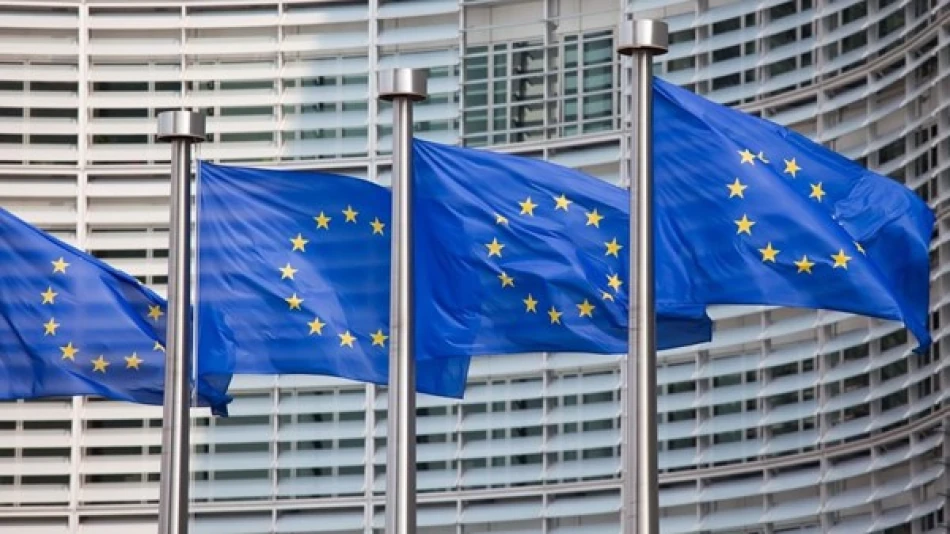
EU Rolls Out Regulations for Artificial Intelligence Models
Europe's AI Act Takes Effect: Tech Giants Face New Transparency Rules That Could Reshape Global AI Development
The European Union's groundbreaking AI Act enters force today, imposing the world's first comprehensive transparency and copyright obligations on providers of general-purpose AI models. The regulations target major AI systems like GPT-4 and Claude, requiring detailed disclosures about training data and methods—a move that could fundamentally alter how tech companies develop and deploy AI globally.
New Compliance Framework Targets Major AI Players
Starting Saturday, AI model providers must comply with strict transparency requirements when entering the European market. The European Commission has published detailed guidelines clarifying which entities must comply, along with a standardized template for summarizing training data used in AI models.
The regulations specifically target "general-purpose models" defined as those exceeding 10^23 floating-point operations (FLOPs) in computational training capacity and capable of generating language. This threshold captures virtually all major commercial AI models currently in use, including those from OpenAI, Google, Anthropic, and Meta.
Voluntary Code of Conduct Offers Compliance Pathway
The Commission and member states have endorsed a voluntary code of conduct developed by independent experts as an appropriate tool for demonstrating compliance. Companies adhering to this framework benefit from reduced regulatory burdens and increased legal clarity—a carrot-and-stick approach designed to encourage industry cooperation.
Advanced Models Face Heightened Scrutiny
The most sophisticated AI systems—those exceeding 10^25 FLOPs and potentially posing systemic risks—face additional obligations. These "frontier" models must notify the Commission directly and implement enhanced safety and security measures, reflecting European regulators' concerns about AI systems that could impact critical infrastructure or democratic processes.
This tiered approach mirrors financial services regulation, where systemically important institutions face stricter oversight than smaller players.
Market Impact: Europe Sets Global AI Standards
The EU's regulatory framework positions Europe as the de facto global standard-setter for AI governance, similar to how GDPR influenced worldwide data protection practices. Major tech companies are unlikely to develop separate AI models for the European market, meaning these transparency requirements will effectively become global standards.
For investors, the regulations create both compliance costs and competitive advantages. Companies that adapt quickly may gain market access advantages, while those struggling with transparency requirements could face delays or restrictions in the world's second-largest economy.
Copyright Protection Takes Center Stage
The emphasis on copyright protection reflects mounting pressure from content creators, publishers, and media companies who argue that AI training data incorporates their intellectual property without compensation. The standardized disclosure requirements could pave the way for licensing agreements between AI companies and content owners, potentially creating new revenue streams for traditional media.
Global Regulatory Race Accelerates
Europe's move contrasts sharply with approaches in other major markets. While the United States relies primarily on voluntary industry commitments and executive orders, and Singapore focuses on sandbox environments for AI innovation, the EU has chosen comprehensive binding legislation.
This regulatory divergence could influence where AI companies choose to base their operations and development activities. Countries offering clearer regulatory frameworks—whether permissive or restrictive—may attract more AI investment than those with uncertain rules.
The implementation marks a watershed moment for AI governance, establishing precedents that will likely influence regulatory approaches worldwide as governments grapple with balancing innovation incentives against transparency and safety concerns.
Most Viewed News

 Layla Al Mansoori
Layla Al Mansoori






